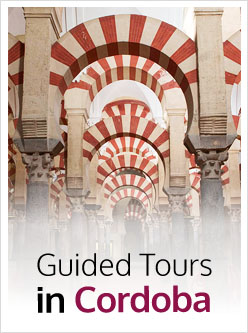In the year 1312 King Fernando IV died in Jaen. Initially he was going to be buried in Seville or Toledo, the capital, but it was finally decided to bury him in Córdoba, the closest city, due to the high temperatures the peninsula was experiencing at that time. His successor, Alfonso XI claimed years later his will to be buried next to his father. When he died in 1350, he was buried in the Royal Chapel of the Cathedral of Seville but in 1371 he was transferred to Córdoba, as he had wished.
Indeed the date when the works in the Royal Chapel finished coincides with the transfer of Alfonso XI to the city. In fact, there is still an inscription on its skirting board which reads: “This is the high King Enrique (Enrique II). Honouring the body of the king, his father, he commanded this chapel to be built. It was finished in the year 1371“. The kings’ bodies were taken in 1736 to the Collegiate Church of San Hipólito under Felipe V’s orders. Nowadays, both sepulchers can be visited, since they are visible on both sides of the apse of that church.
The Royal Chapel of the Mosque-Cathedral presents a square floor vertically developed over the arches of Alhaken II’s Mosque, and its western side is annexed to the Chapel of Villaviciosa. The floor level is elevated several metres over the floor of the Cathedral, so that the burial crypt is underground. The higher part of the chapel could be accessed through stairs from the annexed side of the Chapel Villaviciosa, but this entrance was destroyed in the 19th century. This, together with the closing of the northern and southern sides, completely undermined the enclosure in its initial configuration.
Before starting the analysis of the decoration of the Royal Chapel, it is vitally important to mention that it was ornamented according to the Mudejar fashion prevailing in the Royal House at that moment, as it also happened with the works in the Door of Forgiveness. A beautiful tiling skirting board, where we should highlight a careful geometrical decoration based on laces, rhombuses and crestings, went along the perimeter of the chapel and over it the decoration of the four walls started.
Along the eastern wall, there is an original plaster frieze with heraldic motifs of Castilla y León, epigraphic Arab decoration and small lobed arches. From the same frieze, five polilobed arches start, displayed irregularly, from which a decoration is developed based on rhombuses over an Arabesque background. In the centre of the wall, there is an alcove covered by an engrailed arch, housing a polychrome wooden sculpture of “Fernando III el Santo (the Saint)”.
On the western wall of the Royal Chapel, there is a wide horseshoe arch, inside which there were originally the two alcoves entering the chapel, which were later blinded in the 19th century. We can also appreciate the inscription of Enrique II mentioned before, thanks to which the work can be dated in the year 1371.
The shorter sides, in the north and south, have similar schemes. The spandrels of the polilobed arches have plasterwork with motifs of leaves over an Arabesque background. Over them there is a frieze with stalactite work. Both walls are crowned by two blinded engrailed arches, decorated with motifs of rhombuses, and they rest on both sides on half bodies of lions.
The Royal Chapel is crowned by an exceptional vault formed by eight engrailed arches, four of them displayed perpendicularly to the walls, while the other four do so diagonally. This way, each side is divided in four identical parts, where different alcoves are opened to lighten the chapel. A great number of these alcoves were removed in the 18th century, although the remains of the horseshoe arches which were part of them are still preserved.
If you are not sure what to do in Córdoba, we recommend you visit the Mosque-Cathedral hiring one of our guided tours. We will explain there a special chapter dedicated to the Royal Chapel. Choose to do high quality sightseeing with qualified staff. Do not hesitate, ArtenCórdoba is the best option.
Text: J.A.S.C.


All the information about the monuments, festivals and places of interest in Cordoba… at a click!
If you want more information about the monuments of Cordoba, before doing your guided tours, here is the most complete guide, written by the tour guides and historians of our team
Over 2,000 items!
Mosque-Cathedral
Medina Azahara
Alcazar of the Christian Kings
Synagogue
The Museums
The Coutyards

All the information about the monuments, festivals and places of interest in Cordoba… at a click!
If you want more information about the monuments of Cordoba, before doing your guided tours, here is the most complete guide, written by the tour guides and historians of our team
Over 2,000 items!















